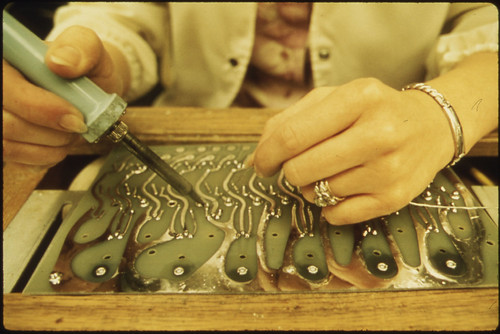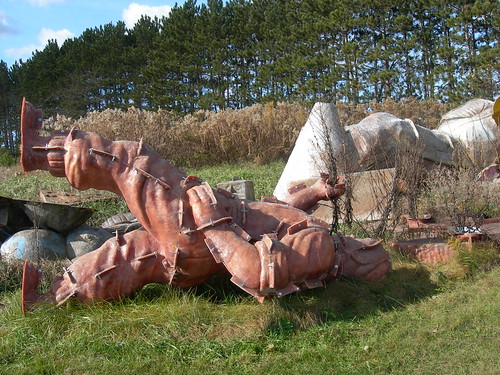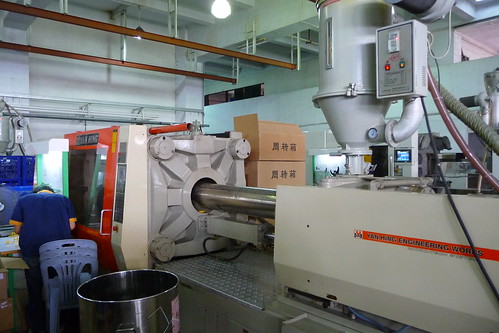(Posted from www.injectionmouldchina.com)
A few nice mold manufacture factory images I found:
Inns of Court, Inns Court Green, Bristol, BS4

Image by brizzle born and bred
Anyone remember Inns of Court, public house? (now demolished)
www.flickr.com/photos/brizzlebornandbred/2056912700/
Inns Court and Filwood farms have medieval origins. The surviving parts of Inns Court, originally Inyn’s Court, are now part of the former Holy Cross Inns Court Vicarage and the staircase turret is now a Grade II* listed building.
The area called Knowle West today was predominately rural; the area consisted largely of agricultural and allotment land interrupted by a handful of small farmhouses (Filwood Farm, Inns court cottage, Hengrove House etc.), and the Nover’s Hill Isolation Hospital. The small settlements in the area existed at least from the medieval period and have undergone only gradual change.
Inns court, built in the 1960s, departed from the garden city layout. It was developed on Radburn principles, named after an American Town designed by clarence Stein and Henry Wright in 1929. In principle, Radburn estates were built with the intention to create neighourhoods that were economically viable communities, accommodating modern lifestyles whilst providing amenities of open space and community services. common features were grouped houses arranged around a cul-de sac street layout thus the street layout broke away from the conventional street grid pattern.
This was replaced by short cul-de-sacs accessed off a circuitous feeder road which in our context is Inns court Drive. Pedestrians were widely segregated from vehicular traffic.
APART from Bedminster, which would appear to date back to Saxon times, not much is known about the early history of south Bristol.
But 30 years ago archaeologists discovered evidence of a Roman settlement – ditches, foundations and a cobbled area – beneath Filwood playing fields. Other finds, from the same area, were discovered during building work in 1973.
Much further back in time, in 1869 in fact, an urn stuffed with "thousands of coins" was unearthed near a small stream on Filwood Farm, near Hengrove Way.
Other buildings from the Roman period had been found at Brislington (a villa) Bedminster Down (coffin and a villa) Gatcombe at Long Ashton (possible weapons manufacture and storage) and at Lyons Court Farm, Whitchurch (coffins, coins and coin moulds).
Another Roman site, possibly a farmstead, was discovered fairly recently in West Street, Bedminster.
In 1997 yet another Roman settlement was found in Knowle West, near to a medieval manor house known as Inns Court. Here, buried outside the foundations of one of the buildings, was the grave of a young female, surrounded by coffin nails.
All the evidence would seem to suggest a small village made up of separate farm buildings. The same excavation also revealed some 14th and 15th-century sections of Inns Court, which, in its time, had been surrounded by over 100 acres of farmland. This building takes its name from Sir John Inyn, Lord Chief Justice of the King’s Bench, whose substantial family home this was and who died here, leaving behind his wife, Alice, daughter, Elizabeth and a son, in 1440.
Sir John, who held high public office under both King Henry V and King Henry IV, was the Recorder of Bristol.
One of his many duties – and one which no doubt took him away from home for long periods – was King’s Assessor to the Duchy of Cornwall.
An important man in his time, you can see his brass memorial (he is in his judge’s robes) in the Lady Chapel of St Mary Redcliffe Church.
The manor house continued to be lived in by Sir John’s descendants until 1529 when it passed to the Kenn family and then, in 1614, to the Poulett family, who, through marriage, owned extensive lands throughout Somerset.
But after being let to tenants the property slowly went into a decline before being sold, in Victorian times, to a Bridgwater man, Thomas Daniel. Daniel, who also let out the manor house, took down most of the old medieval building and replaced it with a far more practical farmhouse.
This, in its turn, was demolished to make way for a vicarage, community centre and a church, Holy Cross – part of the post-war Knowle West housing estate.
A surviving part of the medieval court, however, an octagonal 15th-century stair turret, was incorporated into the new vicarage. In fact it’s a miracle that this bit of heritage survived at all – it took a protest in the Times newspaper to shame the church authorities into preserving it.
Although it has been given a Grade II* listing the building, now empty and disused, has been placed on English Heritage’s "At Risk" register.
As no complete ground plan (or proper documentary record) survives for the old house, we only have a vague idea as what it looked like in Sir John’s time.
The mansion, which was reached by a long track from Lock’s Mills, now buried under Hartcliffe Way, also incorporated a small house and garden in Crox Bottom, near the old Wills’ factory.
In Anglo-Saxon times Filwood (Knowle West) was part of the Kingswood Forest, a royal hunting estate which encompassed large areas of South Gloucestershire and North Somerset.
At the time of the Domesday survey (1086AD) the Inns Court area was part of Bishopsworth (the "Bishop’s Place") and firmly in Somerset.
Despite the industrial and housing expansion of nearby Bristol, the area remained rural, working farmland, for many hundreds of years.
It included Filwood Farm (demolished in the 1940s) and Inns Court Farm, which both had medieval origins.
The 1930s saw massive, inner city, slum clearances by the Corporation of Bristol.
Just before the outbreak of the Second World War, they decided that they would buy land here, including Inns Court, and develop the area for new homes.
It became known as Filwood, or more popularly, Knowle West. In the early 1970s, a new wave of development, based on a cul-de-sac type layout, was pioneered at Inns Court.
But this has proved unsatisfactory and the estate is now threatened with demolition and a possible long-term rebuilding programme.
What will happen to the remains of Inns Court itself remains to be seen, but it’s vital, given it’s heritage, that it’s preserved in any new development.
If you would like to know more about Roman settlements in the area, and the history of Inns Court, then there is an excellent booklet by Reg Jackson available from Bristol’s M shed museum.
It’s published by Bristol and Region Archaeological Services.
Read more on
http://www.injectionmouldchina.com/cool-mold-manufacture-factory-images/










